Refer to the exhibit, which shows partial outputs from two routing debug commands.

Which change must an administrator make on FortiGate to route web traffic from internal users to the internet, using ECMP?
What are two functions of automation stitches? (Choose two.)
Exhibit.
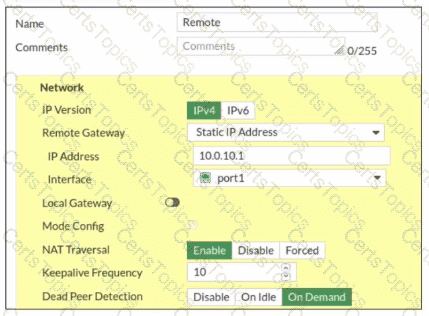
Refer to the exhibit, which contains a screenshot of some phase 1 settings.
The VPN is not up. To diagnose the issue, the administrator enters the following CLI commands on an SSH session on FortiGate:

However, the IKE real-time debug does not show any output. Why?
Refer to the exhibit.
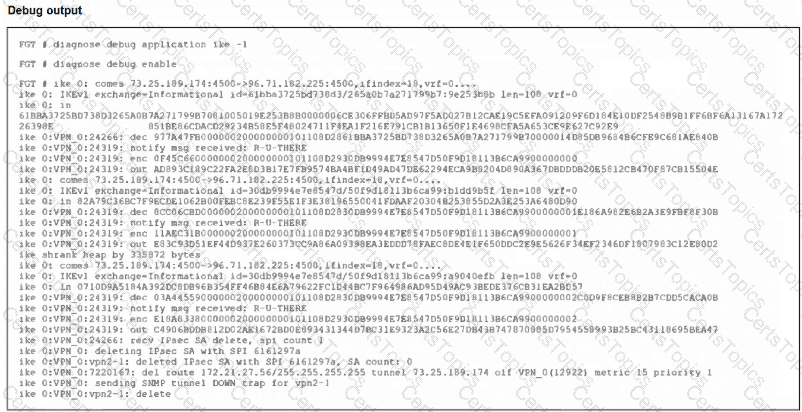
An IPsec VPN tunnel is dropping, as shown by the debug output.
Analyzing the debug output, what could be causing the tunnel to go down?
What are two reasons you might see iprope_in_check() check failed, drop when using the debug flow? (Choose two.)
Refer to the exhibit.
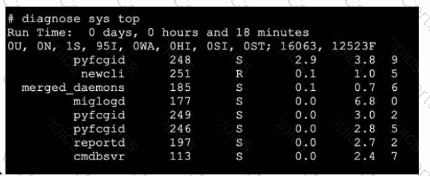
Which three pieces of information does the diagnose sys top command provide? (Choose three.)
Which authentication option can you not configure under config user radius on FortiOS?
Refer to the exhibit, which shows the partial output of a diagnose command.

Which two conclusions can you draw from the output shown in the exhibit? (Choose two.)
Which two statements are true regarding heartbeat messages sent from an FSSO collector agent to FortiGate? (Choose two.)
Refer to the exhibit, which shows a partial output of a real-time LDAP debug.

What two conclusions can you draw from the output? (Choose two.)
Refer to the exhibit, which shows a partial output of the real-time LDAP debug.

What two actions can the administrator take to resolve this issue? (Choose two.)
Refer to the exhibit.
The exhibit shows the output from using the command diagnose debug application samld -1 to diagnose a SAML connection.
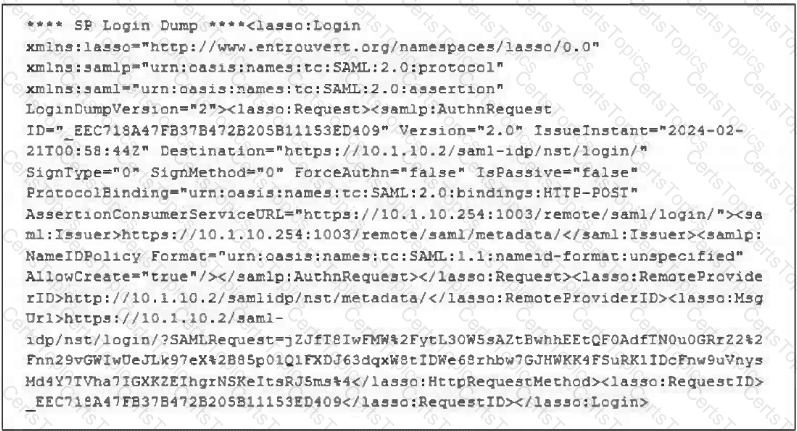
Based on this output, what can you conclude?
Exhibit.

Refer to the exhibit, which shows two entries that were generated in the FSSO collector agent logs.
What three conclusions can you draw from these log entries? {Choose three.)
Refer to the exhibit, which shows the output of diagnose sys session list.
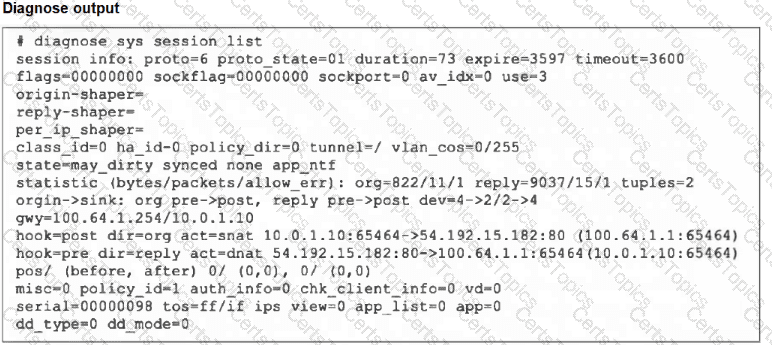
If the HA ID for the primary device is 0, what happens if the primary fails and the secondary becomes the primary?
Exhibit.
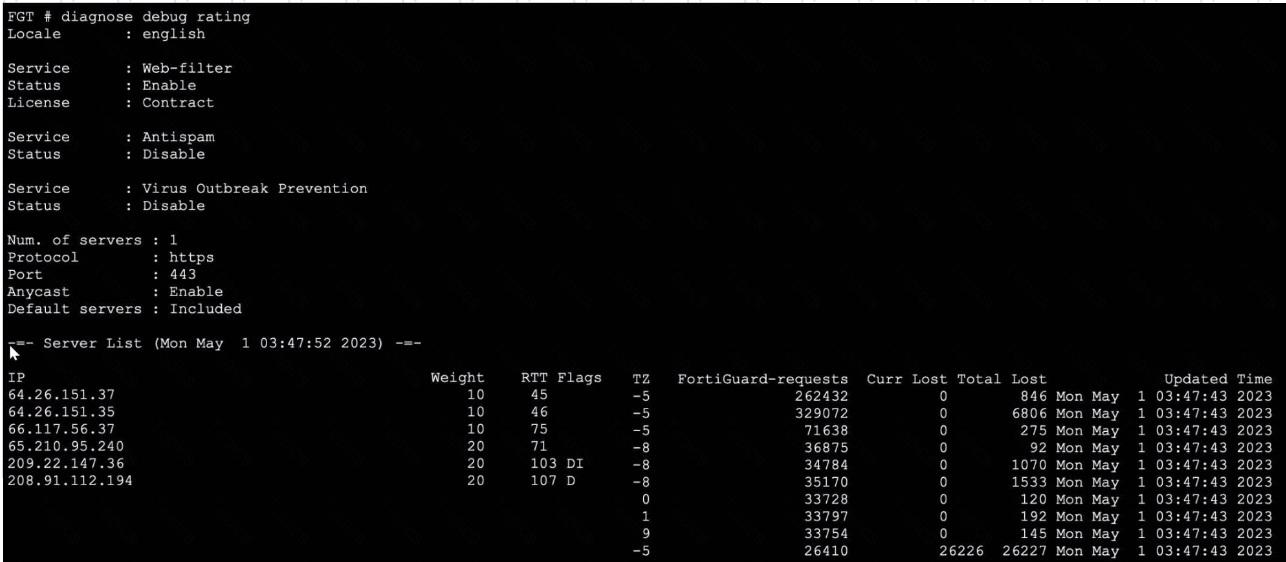
Refer to the exhibit, which shows the output of a diagnose command.
What can you conclude about the debug output in this scenario?
During which phase of IKEv2 does the Diffie-Helman key exchange take place?
Refer to the exhibit, which shows a session entry.
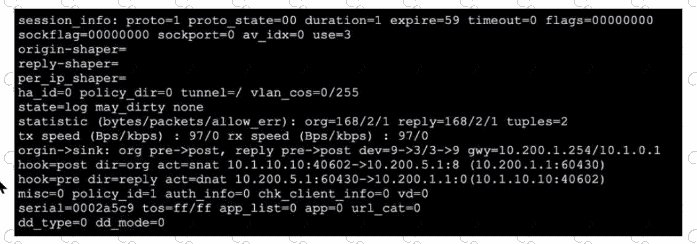
Which statement about this session is true?
Refer to the exhibit, which shows the port1 interface configuration on FortiGate and partial session information for ICMP traffic.

What happens to the session information if a routing change occurs that affects this session?